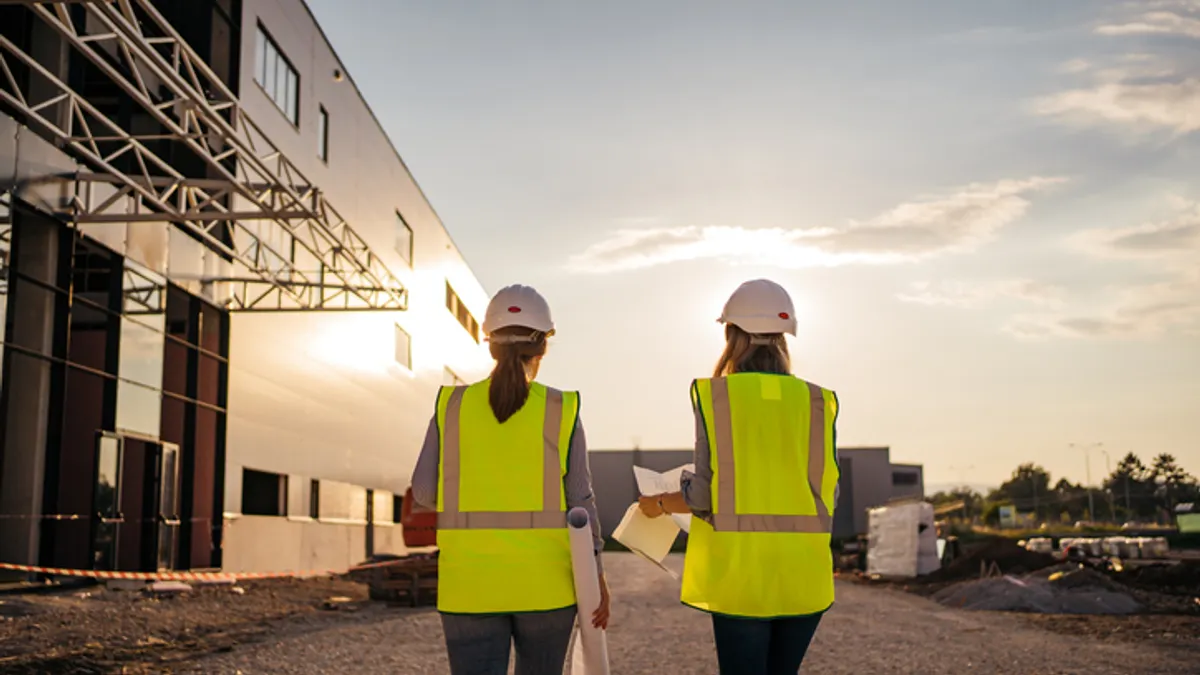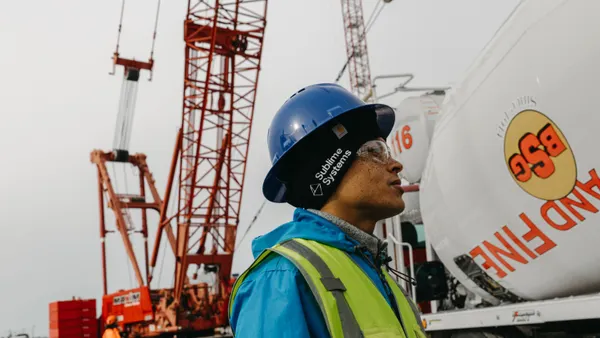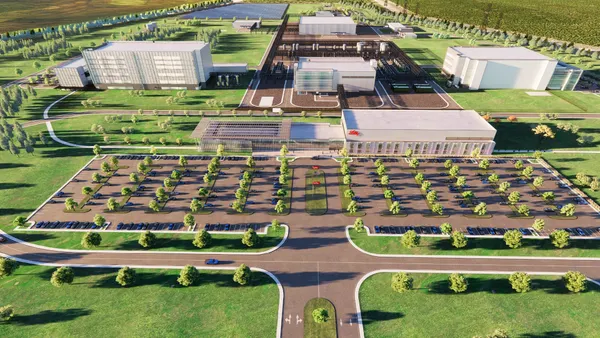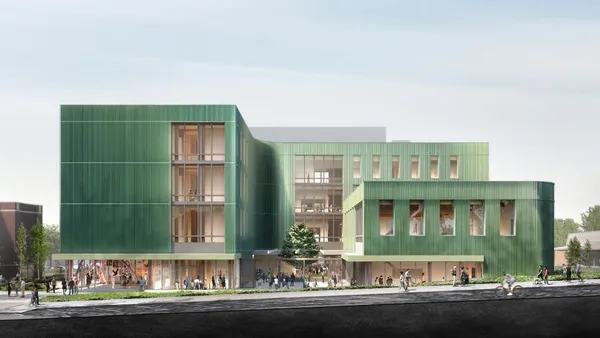Dive Brief:
- In its second-quarter North American Quarterly Construction Cost Report, cost management and consultancy firm Rider Levett Bucknall (RLB) has predicted that the U.S. construction industry is in store for a largely positive closeout of 2017.
- Average U.S. construction costs grew 4.8% between April 2016 and April 2017, the report found. Los Angeles and San Francisco saw the greatest cost increases, while Honolulu saw costs decline.
- RLB said average project bid costs were higher than the actual costs of labor and materials, which was one indication that contractors and subcontractors were confident enough in the market to leave plenty of room for profit and overhead in their proposals. In a recession, RLB said, the figures in the two indices would be closer.
Dive Insight:
The supply of labor, RLB said, is not lagging as far behind construction activity as has been reported once inflation is factored in, but the number of under-skilled workers still threatens to hamper construction productivity. Rather than a U.S.-wide problem, labor shortages are more sector-, location- and trade-specific, according to the report.
The skilled-labor shortage continues to plague a majority of the industry, though the RLB report points out that certain areas of the country and trades are more affected than others. Still, in an Associated General Contractors of America survey released earlier this year, 73% of construction companies said they expect to take on more work this year, but an equal percentage said they also expected to struggle filling their worker pipeline.
In its report, RLB also highlighted President Donald Trump's recent executive order instructing the Department of Labor to devote more funds to trade skills training and said it would like to see similar programming for construction careers like engineering and project and cost management.
Like many others in the industry, RLB said it is awaiting the outcome of the infrastructure package that the Trump administration has been working on since the inauguration. Aside from more money directed to training, the president created two councils — one to help project managers circumvent red tape and the other to assist in expediting federal reviews. The president also earmarked $25 billion for rural infrastructure, $15 billion for "transformative" projects and $100 billion for local infrastructure.













